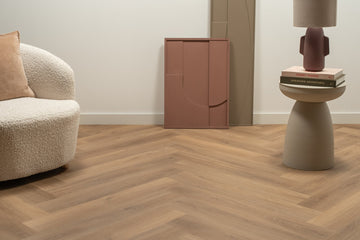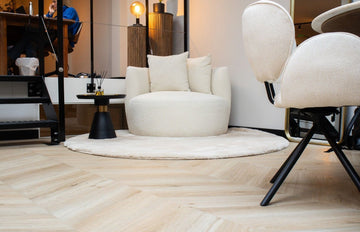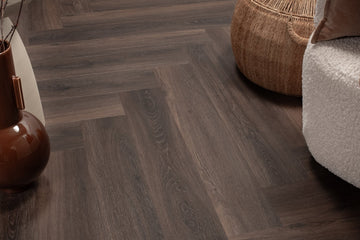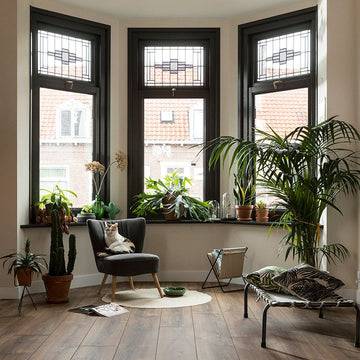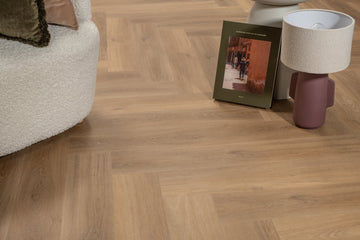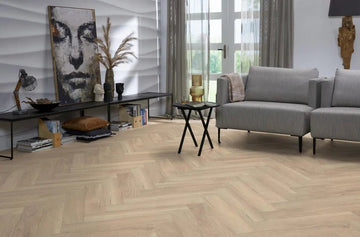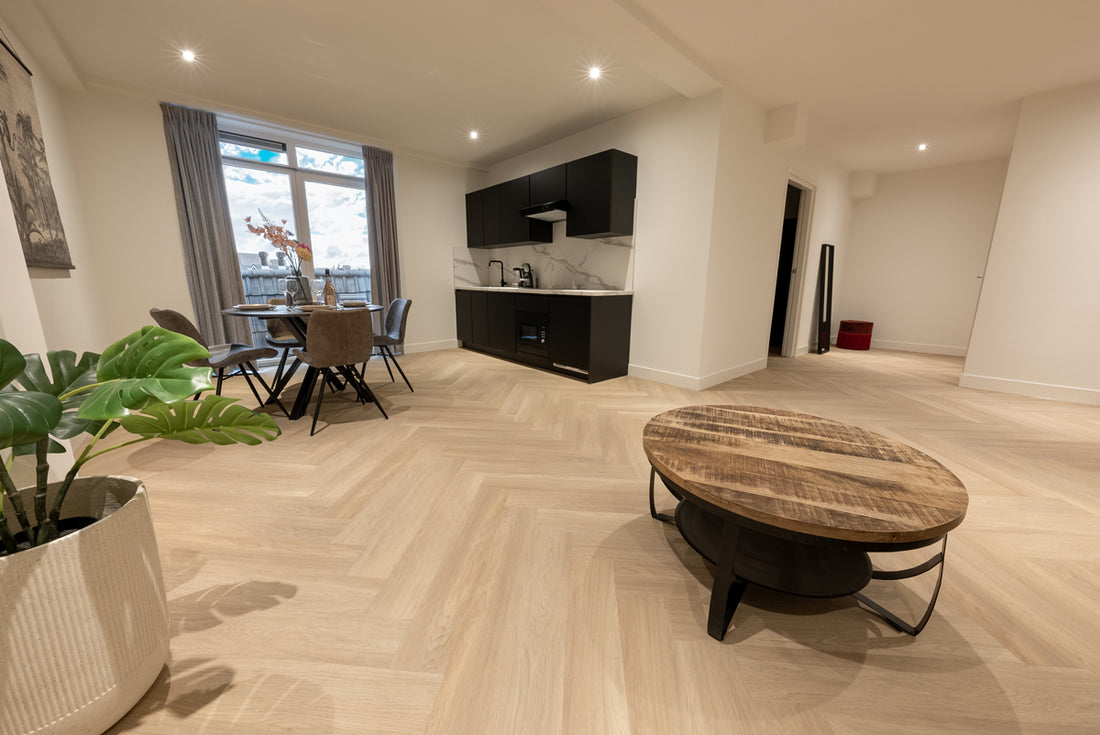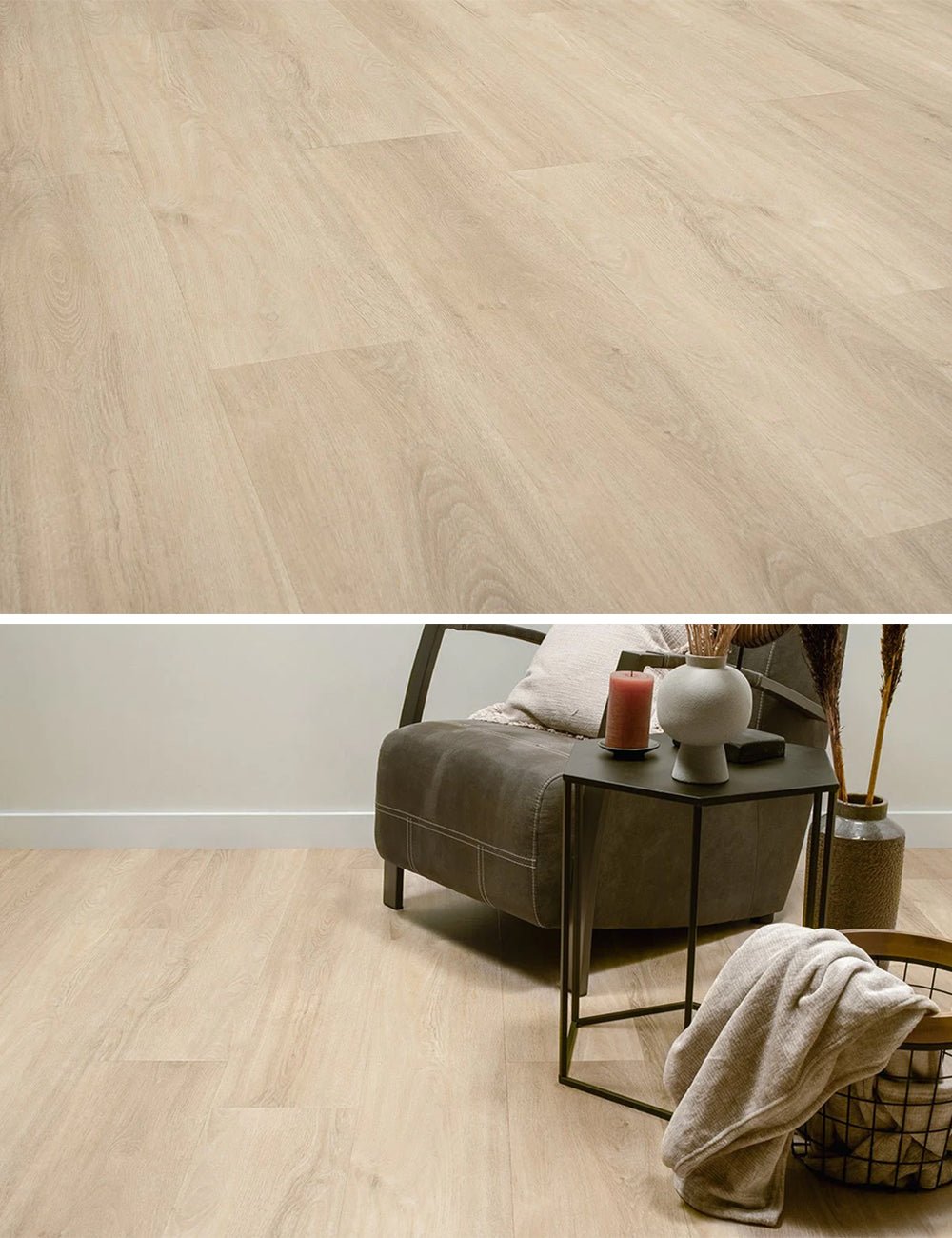When planning a floor renovation or installation, it is important to understand the different installation methods. One of the popular techniques that is widely used is floating laying. In this comprehensive guide, we explore what floating laying means, why it can be a good choice, and how to do it correctly. Whether you want to install a new wooden floor, laminate or click PVC floor, the floating laying offers many advantages and makes the process easier and more flexible. Let's take a closer look at this installation method and discover how to realize a beautiful floating floor.
What is floating laying?
Floating laying refers to an installation method in which the floorboards are not fixed directly to the subfloor, but rather connected to each other. This is done by means of a click system, glue connections or other locking mechanisms. The floor floats on top of the subfloor, making it easy to install and remove. Floor types where we see this happen are, for example, parquet floors, hybrid wooden floors, laminate and click PVC floors.
Advantages of floating laying
-
Easy installation: Floating laying does not require complex fastening methods, such as nails or glue. This makes installation much easier and less time-consuming. It is a suitable option for both do-it-yourselfers and professionals.
-
Flexibility: Floating laying allows you to easily move or remove the floor, which is useful if you're planning to move or want to replace or upgrade the floor in the future.
-
Suitable for different subfloors: Floating laying can be applied to various subfloors, such as concrete, wood, tiles and even existing floors. This makes it a versatile option.
-
Sound attenuation: By using a damping subfloor, floating laying can provide better sound insulation. This is especially beneficial in apartments or when reducing impact noise between floors.
-
Expansion options: Floating floors have room for natural expansion and shrinkage, which is important in temperature and humidity changes. This minimizes the chance of warping or cracking.
How to perform floating laying?
Follow these steps for a successful floating floor installation. The exact way of installing or laying can be different per floor pattern and per brand. So keep this in mind. The step-by-step plan below serves as an example.
Step 1: Preparation of the substrate
Make sure the surface is clean, dry and flat. Remove any imperfections, such as loose parts, dust or dirt. Also check for moisture problems and fix them if necessary.
Step 2: Installation of the Subfloor
Lay a suitable subfloor to ensure cushioning, moisture insulation and a smooth surface. Follow the manufacturer's instructions for the correct placement of the subfloor and make sure that the seams are properly sealed.
Curious which subfloor you need for click PVC? You can read that here!
Step 3: Start Laying the Decking
Start in a corner of the room and place the first shelf with the short side against the wall. Use the correct connection technique, such as a click system, to securely fasten the boards together. Work your way through the space gradually, snapping each shelf into place.
Step 4: Cut the Boards to Size
If necessary, measure and mark the boards that need to be shortened at the end of the row. Use a saw to accurately cut the boards to size. Be sure to make clean and straight cuts for a seamless finish.
Step 5: Repeat the Laying Process
Continue laying the floorboards row by row, firmly clipping each row to the previous one. Make sure that the shelves are tightly together without gaps. Check regularly with a spirit level to ensure a flat installation.
Step 6: Finishing and maintenance
Attach any skirting boards or transition profiles to neatly finish the floating floor. Follow the manufacturer's care instructions to maintain the longevity and beauty of your floor.
Conclusion
Floating laying offers a practical and flexible way to install a new floor. With its easy installation, flexibility and various advantages, it is a popular choice for both DIY enthusiasts and professionals. Follow the right steps and enjoy a beautiful floating floor that is both durable and stylish.






